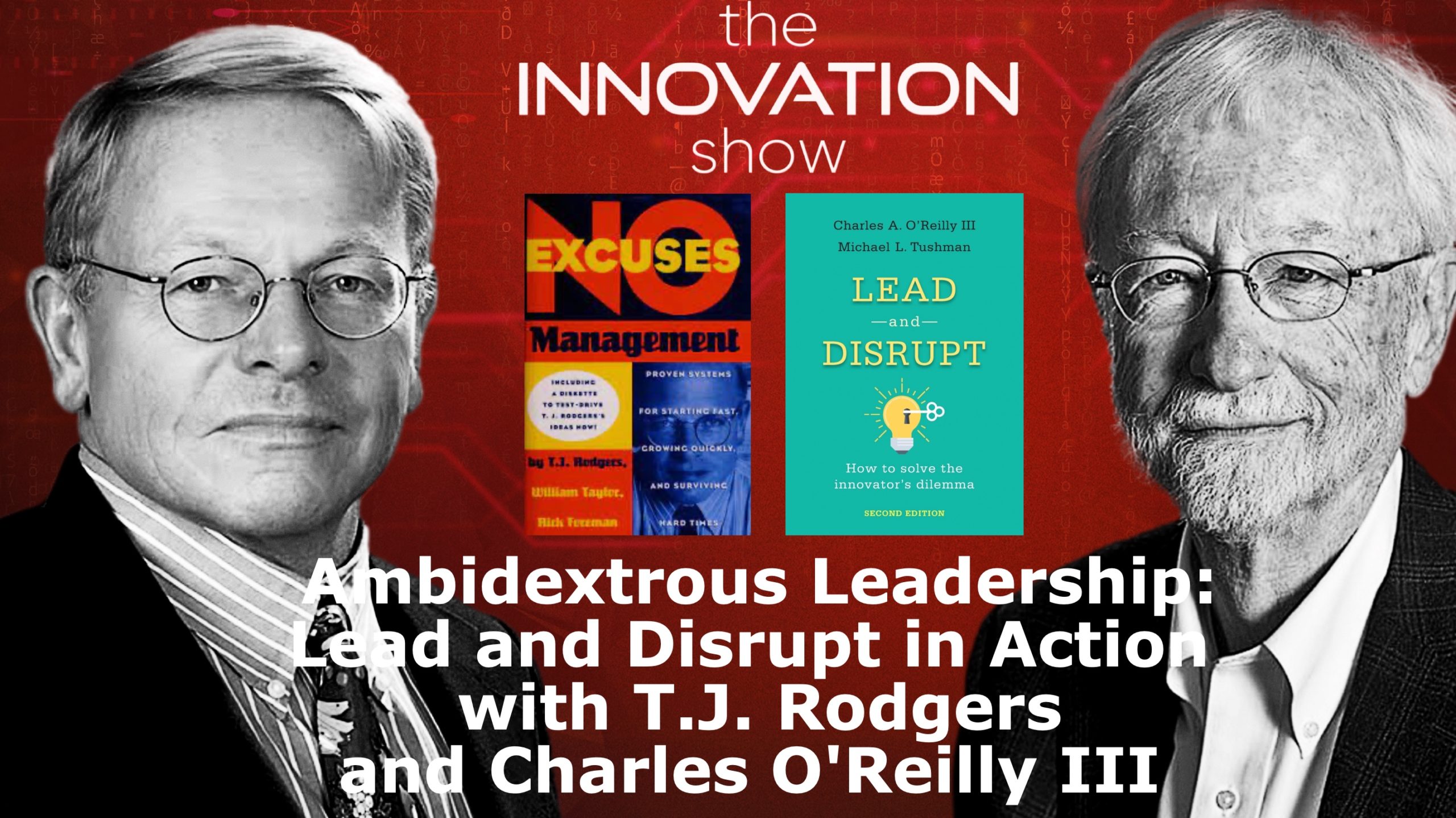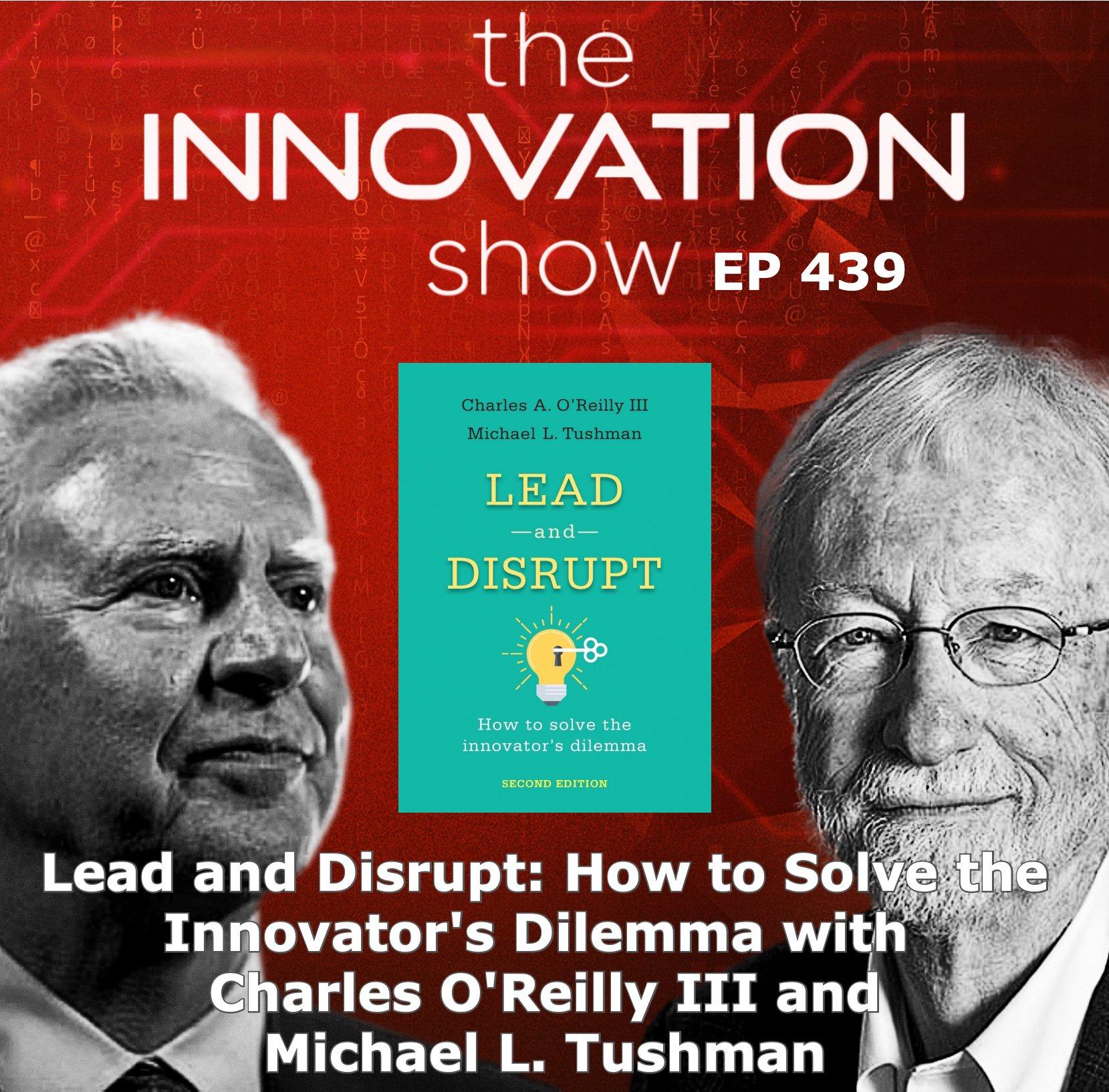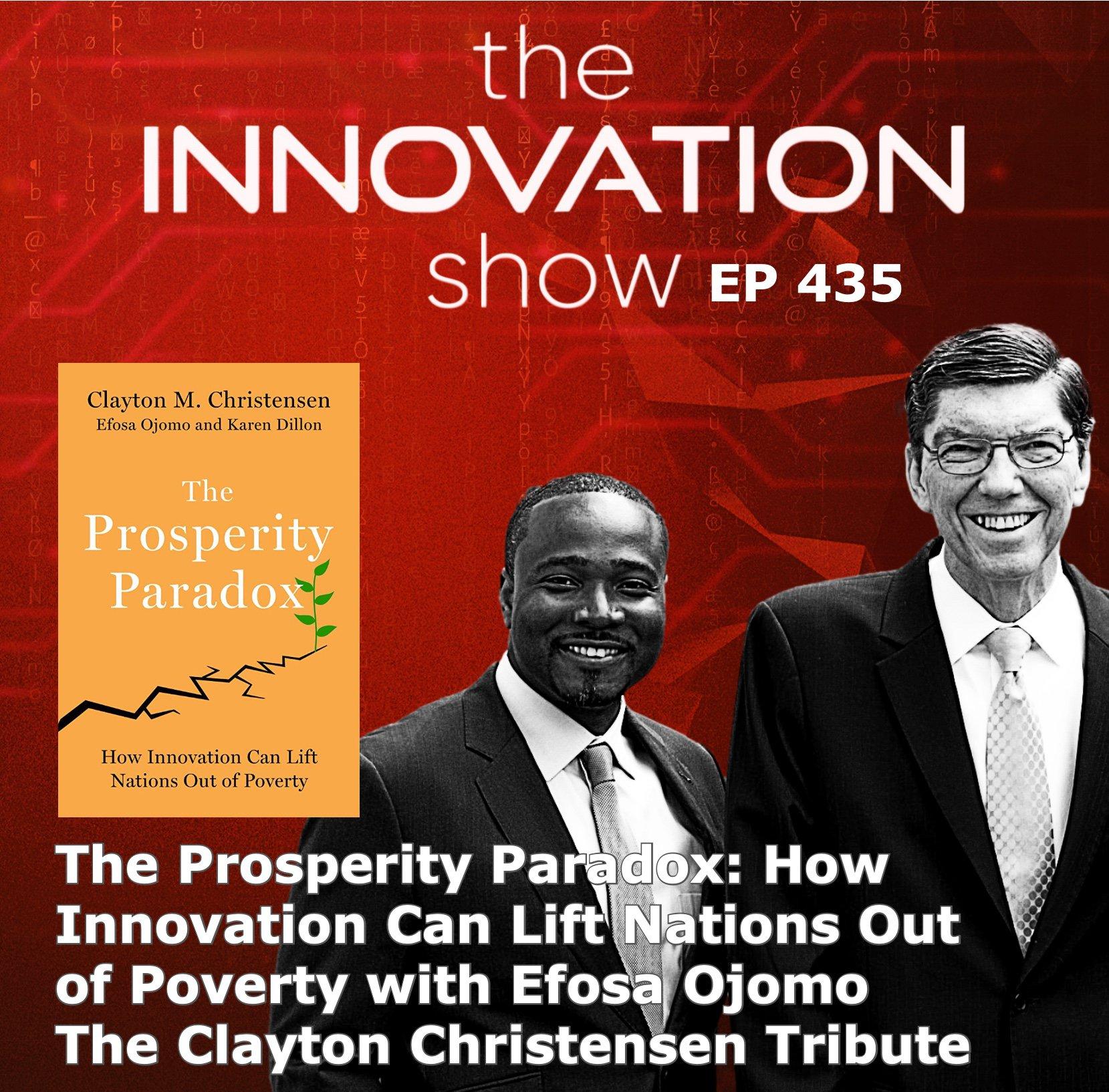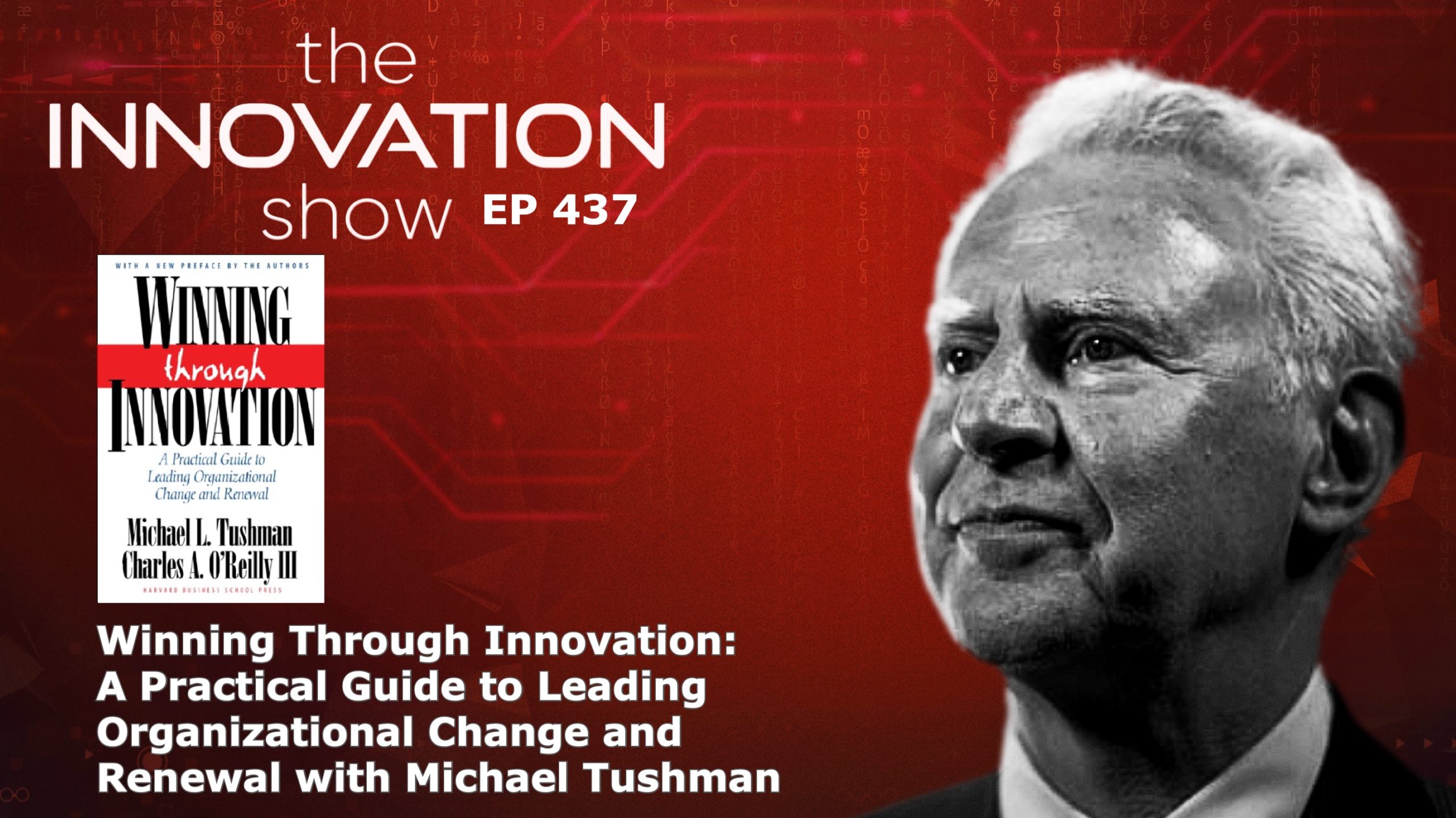We are joined by the former CEO of Cypress Semiconductor, TJ Rodgers and his friend and author of Lead and Disrupt, Charles O’Reilly III
Posted 3 years ago Tagged Aidan McCullen Andrew Binns Balaji Bondili Business Charles O'Reilly Deloitte Pixel Entrepreneurship Innovation Leadership Michael Tushman Technology The Corporate Explorer Undisruptable
In Chapter 5 of the Corporate Explorer, Binns, Tushman and O’Reilly share how a Corporate Explorer created a new business inside the consulting and accounting firm Deloitte.
His new unit, Deloitte Pixel, uses the “wisdom of crowds” to solve complex management problems. Ice are joined by Balaji Bondili.
Posted 3 years ago Tagged
Our guest had just joined IBM from McKinsey and was assigned as an internal consultant charged with supporting these nascent businesses.
We are about to hear that story and so much more.
It is a pleasure to welcome the author of “The Corporate Explorer: How Corporations Beat Startups at the Innovation Game” Andrew Binns
Posted 3 years ago Tagged
Why do successful firms find it so difficult to adapt in the face of change – to innovate? In the past ten years, the importance of this question has increased as more industries and firms confront disruptive change. The pandemic has accelerated this crisis, collapsing the structures of industries from airlines and medicine to online retail and commercial real estate. Today, business leaders are obligated to investors, their employees, and communities. At the core of this challenge is helping their organizations to survive in the face of change.
The original edition summarized the lessons the authors had learned as researchers and consultants over the previous two decades. Since then, they have continued to work with leaders of organizations worldwide confronting disruptive change. With updates to every chapter, including new examples and analysis, this fully revised edition incorporates the lessons and insights the authors have gained in the past five years. Two new chapters critically examine the role of organizational culture in promoting or hindering ambidexterity and its underlying fundamental disciplines. Using examples from firms such as Microsoft, General Motors, and Amazon, O’Reilly and Tushman illustrate how leaders can align their organization’s cultures to fit the needed strategy and how ideation, incubation, and scaling approaches, when used all together, can successfully develop new growth businesses.
Posted 3 years ago Tagged
O’Reilly and Tushman illustrate how leaders can align their organization’s cultures to fit the needed strategy and how ideation, incubation, and scaling approaches, when used all together, can successfully develop new growth businesses.
Posted 3 years ago Tagged
In part 2 of our Tushman and O’Reilly series, Charles O’Reilly III explores the importance of cultural alignment in encouraging change. We focus on the cases of DaVita, Microsoft and AGC.
00:01:17 Origin Story
00:05:20 Ideate, Incubate, Scale
00:07:37 Culture
00:10:50 The Tyranny of Success: Gunfire At Sea
00:24:20 The L.E.A.S.H. Model
00:21:45 Organisational Culture Change: How Microsoft Transformed Its Culture
00:26:58 DaVita: A Community First, A Company Second
00:31:51 The Importance of Language For Culture Change
00:36:12 AGC INC. IN 2019: “Your Dreams, Our Challenge.”
00:42:48 Waiting Until It Is Too Late to Change
Posted 3 years ago Tagged Aidan McCullen Ambidexerity Business Entrepreneurship Human Potential Innovation Lead and Disrupt. Exploit and Explore Leadership Technology Tushman and O'Reilly Undisruptable Winning Through Innovation
In part 2 of our Tushman and O’Reilly series, Charles O’Reilly III explores the importance of cultural alignment in encouraging change. We focus on the cases of DaVita, Microsoft and AGC.
Posted 3 years ago Tagged Aidan McCullen Ambidexerity Business Entrepreneurship Human Potential Innovation Lead and Disrupt. Exploit and Explore Leadership Technology Tushman and O'Reilly Undisruptable Winning Through Innovation
For Part 1 of our series on Tushman and O’Reilly, we welcome the author of the 1997 classic: “Winning Through Innovation: A Practical Guide to Leading Organisational Change and Renewal”, Professor Michael Tushman.
Posted 3 years ago Tagged Aidan McCullen Business Clayton Christensen Design Rules Entrepreneurship Harvard Dean Kim Clark HBR Innovation Kim B. Clark Kim B. Clark - The Interaction of Design Hierarchies and Market Concepts in Technological Evolution Kim Bryce Clark Leadership Modularity Technology Undisruptable
Kim Bryce Clark is with us to celebrate the life and theories of his friend Clayton Christensen and, indeed, share some of his theories.
Posted 3 years ago Tagged Aidan McCullen Business Clayton Christensen Efosa Ojomo Entrepreneurship Innovation Leadership Prosperity Paradox Technology Undisruptable
It’s a pleasure to welcome the co-author of The Prosperity Paradox: How Innovation Can Lift Nations Out of Poverty, Efosa Ojomo









